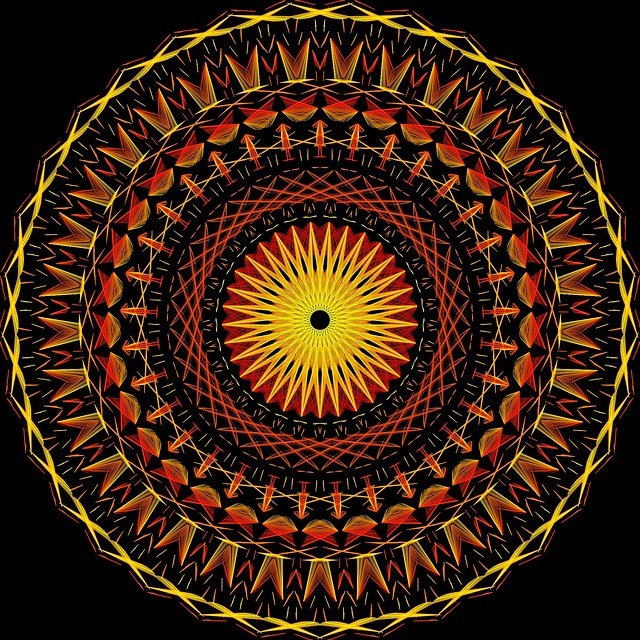Patterns are the visual heartbeat of fine arts, echoing across cultures and transcending time. Each brushstroke, carving, or fabric weave reflects a unique rhythm, telling stories of the civilizations that birthed them. As we explore the intricate patterns found in fine arts, we unearth layers of cultural significance that shape our understanding of the human experience.
Fine Arts and Patterns
In fine arts, patterns serve not just as aesthetic elements but as vehicles of expression. Imagine standing before a mesmerizing painting adorned with swirling lines and bold shapes. These patterns invite your gaze, prompting a deeper connection with the work. They reflect the artist’s emotions, thoughts, and cultural identity, revealing a glimpse of their world. Whether it’s the repetitive motifs in Islamic art or the vibrant textiles of African cultures, every pattern has a story to tell.
Cultural Significance of Patterns
Patterns resonate deeply with culture. They can symbolize heritage, spirituality, or the everyday lives of people. In Japan, for instance, traditional kimono fabrics feature intricate patterns that embody nature, with designs inspired by cherry blossoms and waves. Each choice of color and form carries meaning, often steeped in history and folklore. Similarly, Native American beadwork showcases patterns that communicate tribal affiliation and stories passed through generations, emphasizing the importance of cultural identity in art.
Art as a Reflection of Society
Beyond mere decoration, art patterns can serve as a mirror to society. In contemporary art, artists frequently utilize repetitive forms to comment on consumer culture, globalization, and the rapid pace of modern life. The chaotic patterns in street art, for example, reflect the dynamic urban landscapes and social issues that shape our world today. Here, the patterns are not only visual but also narrate the complexities of human existence, engaging viewers to reflect on their own experiences.
The Emotional Resonance of Patterns
Patterns evoke emotions, stirring feelings of nostalgia, joy, or even discomfort. The familiar shapes and designs can transport us back to our childhood, reminding us of family traditions or cultural celebrations. The interplay of color and shape can create a sense of harmony or tension, influencing how we perceive the artwork. Engaging with these patterns can be akin to stepping into a conversation with our past and present, forging connections that bridge the gap between cultures.
As we delve into the world of fine arts, let us appreciate the intricate patterns that enrich our lives and culture. Through the lens of art, we gain insight into diverse perspectives, historical narratives, and the shared human experience that links us all. Each pattern is more than meets the eye; it is a testament to the creativity and resilience of cultures around the globe.




